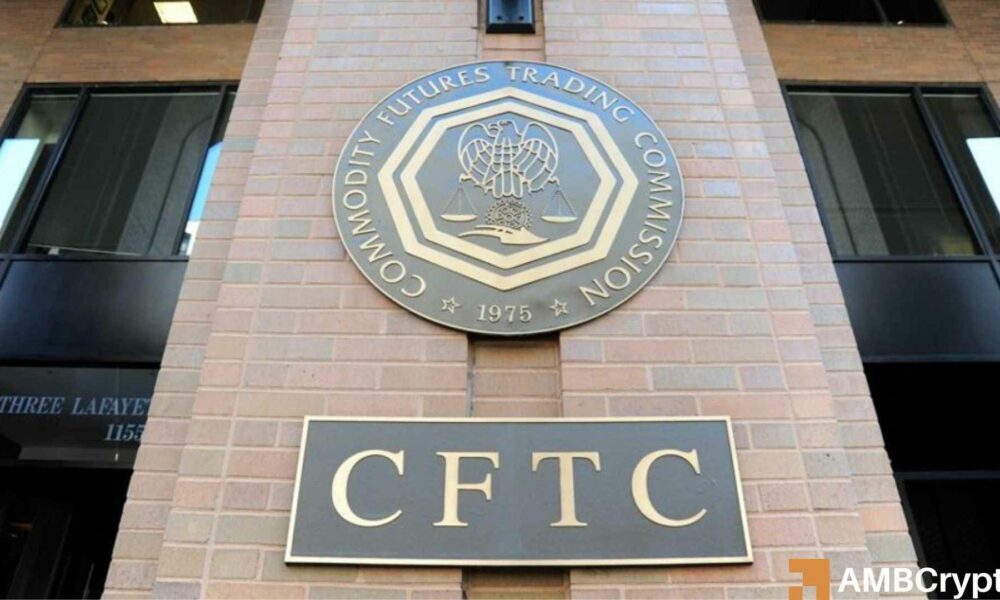CFTC’s Crypto Sprint: Advancing Digital Asset Regulation
The U.S. Commodity Futures Trading Commission (CFTC) has initiated the second phase of its ‘Crypto Sprint’ initiative aimed at enhancing the regulation of digital assets in alignment with the recommendations from the President’s Working Group on Digital Asset Markets. This initiative signifies a profound commitment to creating a comprehensive framework for the evolving landscape of cryptocurrencies and reflects ongoing efforts to integrate digital assets into the mainstream financial system.
Purpose and Goals of the Crypto Sprint
The primary goal of the Crypto Sprint is to seek public input regarding the implementation of the President’s recommendations, which were aimed at ensuring a robust regulatory framework for digital assets. Acting CFTC Chair Caroline Pham highlighted the importance of public feedback in shaping the future of cryptocurrency regulation in the U.S. This collaborative effort is seen as a crucial step towards broader acceptance and understanding of crypto markets, ultimately aiming to create a secure trading environment for retail investors.
Recommendations from the President’s Working Group
The report published in late July identified two key actions: first, the acceleration of a comprehensive market structure bill through Congress, and second, a strategic collaboration between the CFTC and the SEC to integrate decentralized finance (DeFi) and cryptocurrency into conventional financial markets. This dual approach emphasizes the need for cohesive oversight and regulatory clarity as the digital asset market expands rapidly.
Development Timeline of the Engagement Phases
Following the first phase of the Crypto Sprint, which focused on obtaining public input for a unified license covering both spot and futures crypto trading, the second phase is scheduled to wrap up by October 20. This timeline is crucial for stakeholders looking to navigate the regulatory landscape effectively, as it will inform upcoming guidelines on how to operate under this unified trading license.
Joint Initiatives and Collaborative Oversight
Simultaneously, the CFTC is working on "Project Crypto" alongside the SEC, reflecting the collaborative nature of regulatory oversight as outlined in the CLARITY Act. This partnership aims to address the complexities of digital asset regulation while ensuring transparency and providing clarity to both regulators and market participants. Keith Grossman, President of Moonpay, commended this effort, suggesting that this framework will lead to a more rational and transparent regulatory environment.
Focus Areas for Future Regulation
As part of its latest initiatives, the CFTC will tackle several critical issues, including the classification of crypto assets as either commodities or securities. Additionally, recommendations from consulting firms like 221A Consulting call for implementing leverage limits to protect retail investors and create clearer definitions regarding asset classifications. Many experts, including legal specialist Jake Chervinsky, advocate for targeted guidance over the potentially contentious overarching market structure bill, suggesting it may yield more effective regulation in the short term.
Conclusion
The CFTC’s second phase of the Crypto Sprint marks a significant stride toward regulating digital assets in the U.S. By engaging publicly and collaborating with other regulatory bodies like the SEC, the CFTC aims to foster a transparent and well-structured financial environment for cryptocurrencies. As these discussions progress, the implications for both investors and the broader financial sector will be critical to watch. The push for clarity and stability in the regulation of digital assets seeks not only to protect investors but also to integrate cryptocurrencies into the fabric of mainstream finance.


